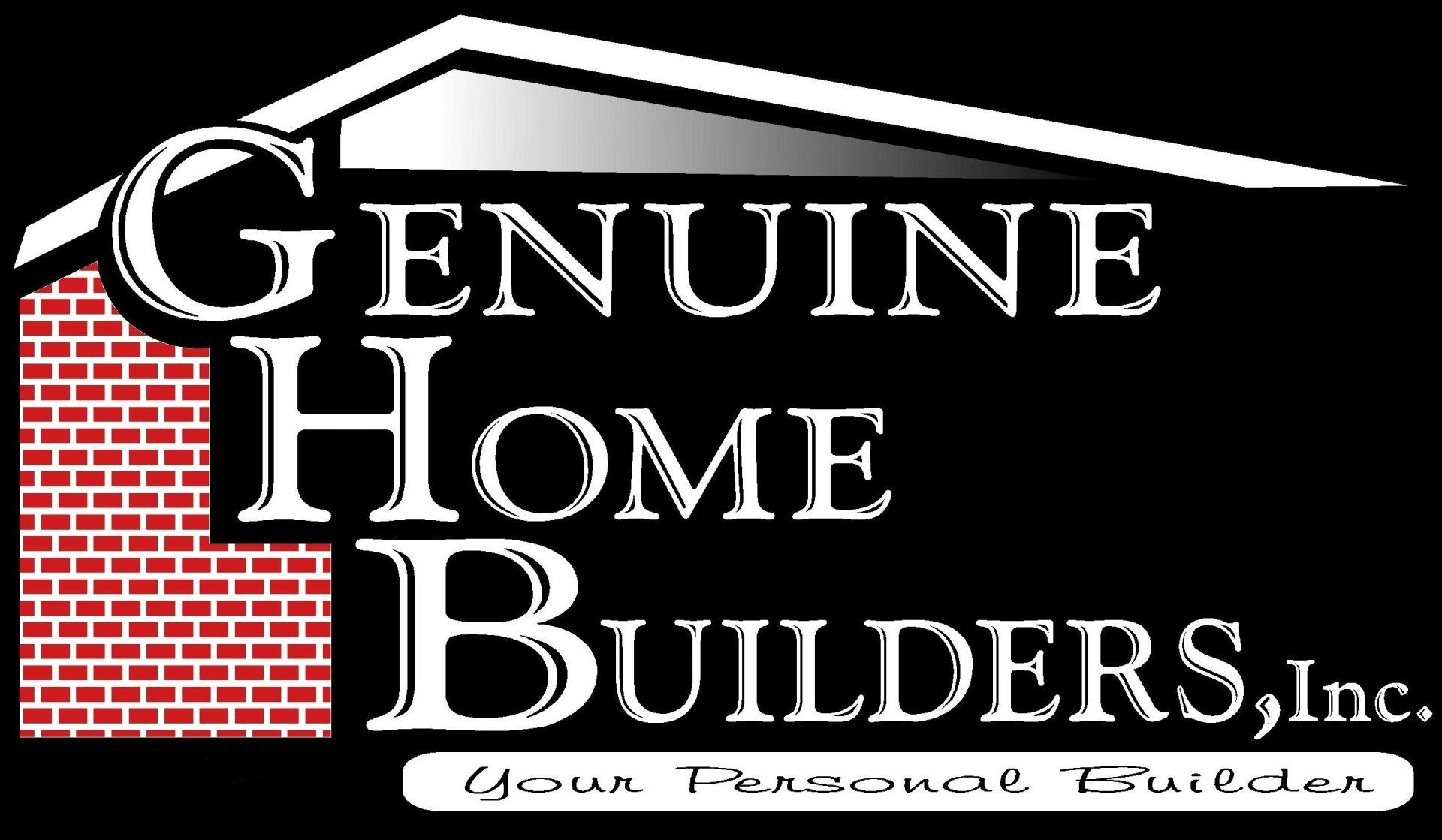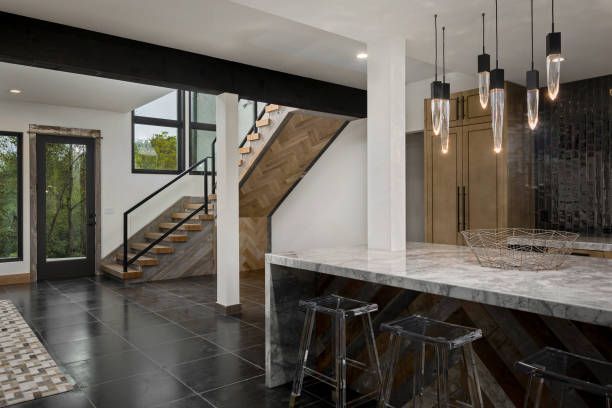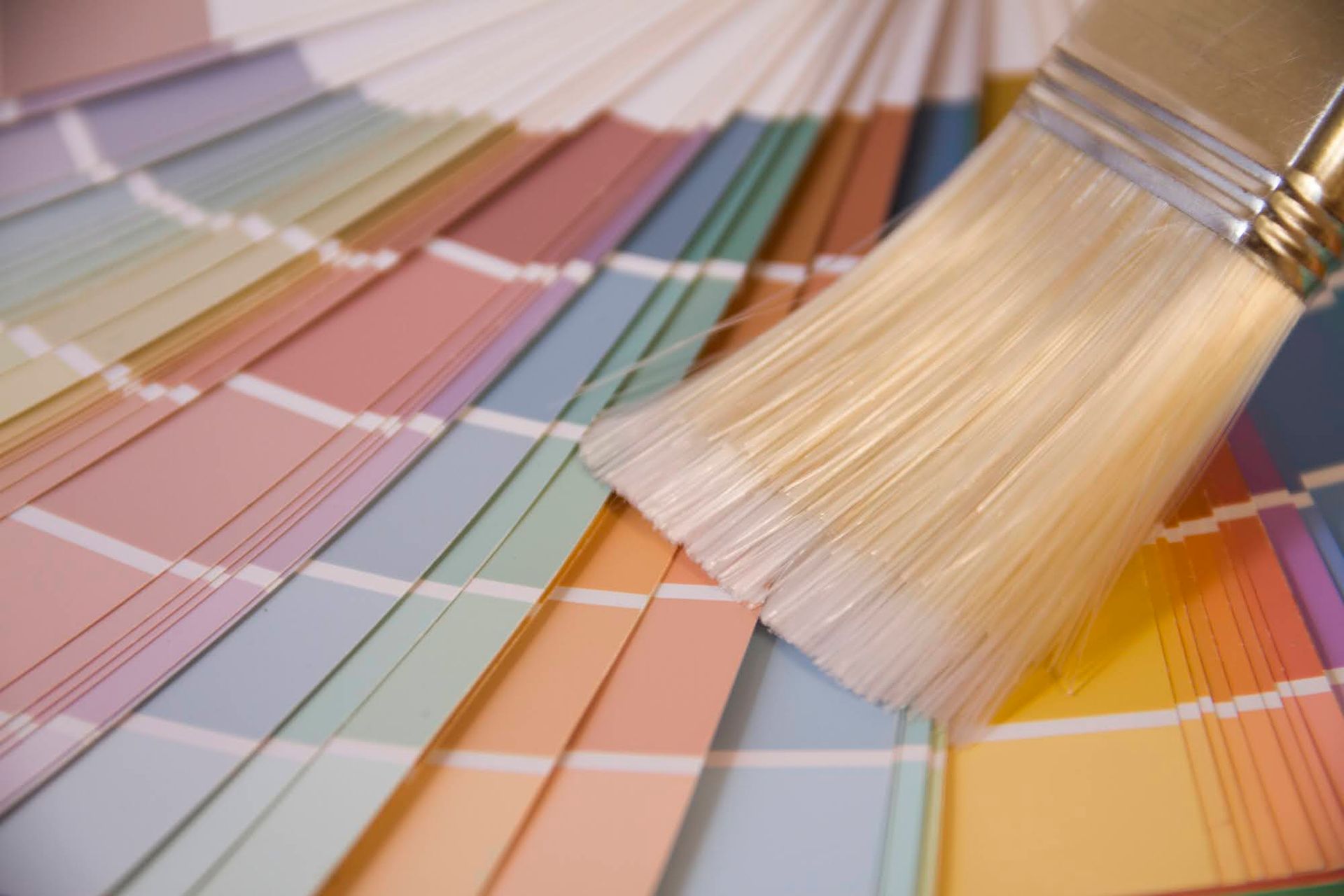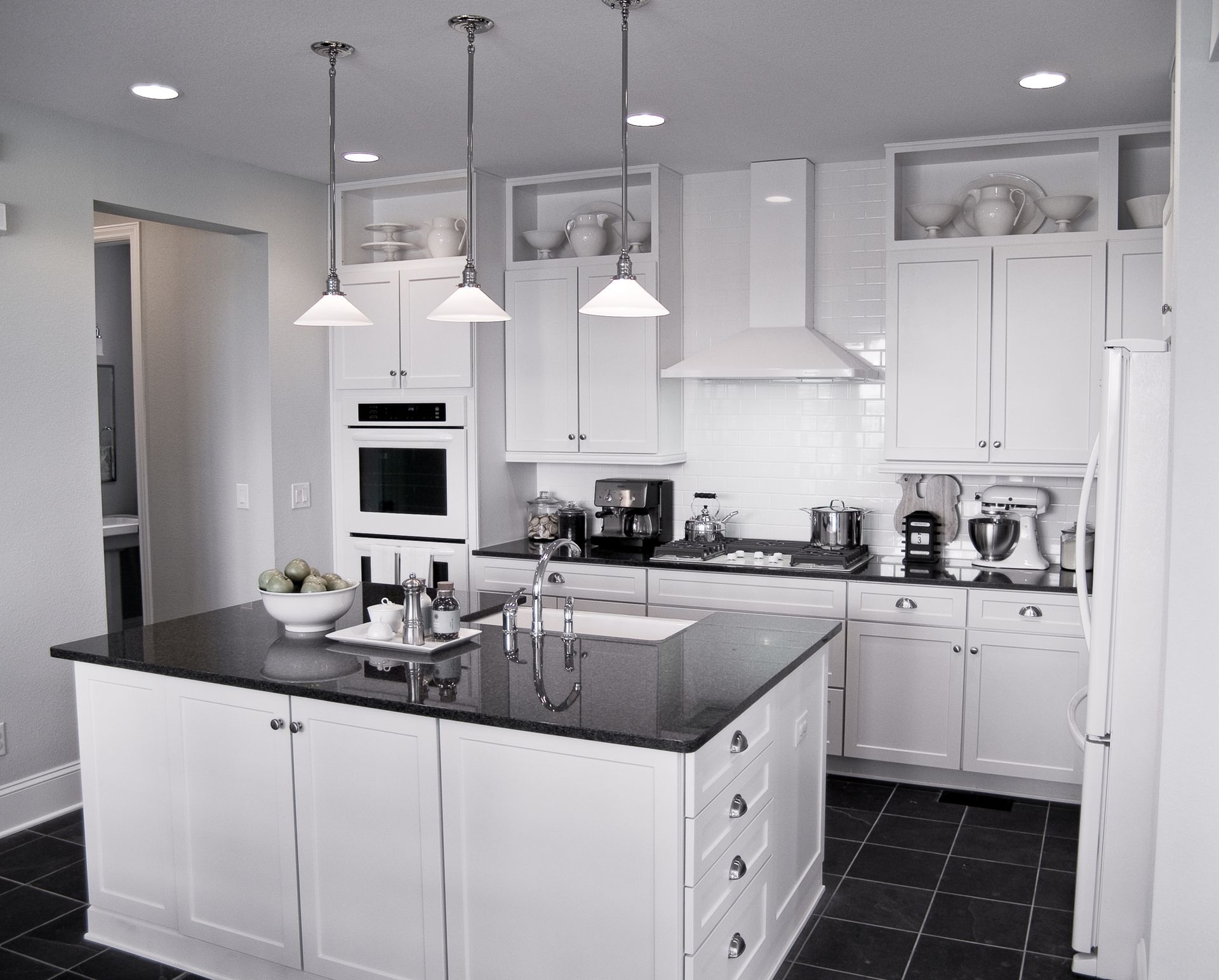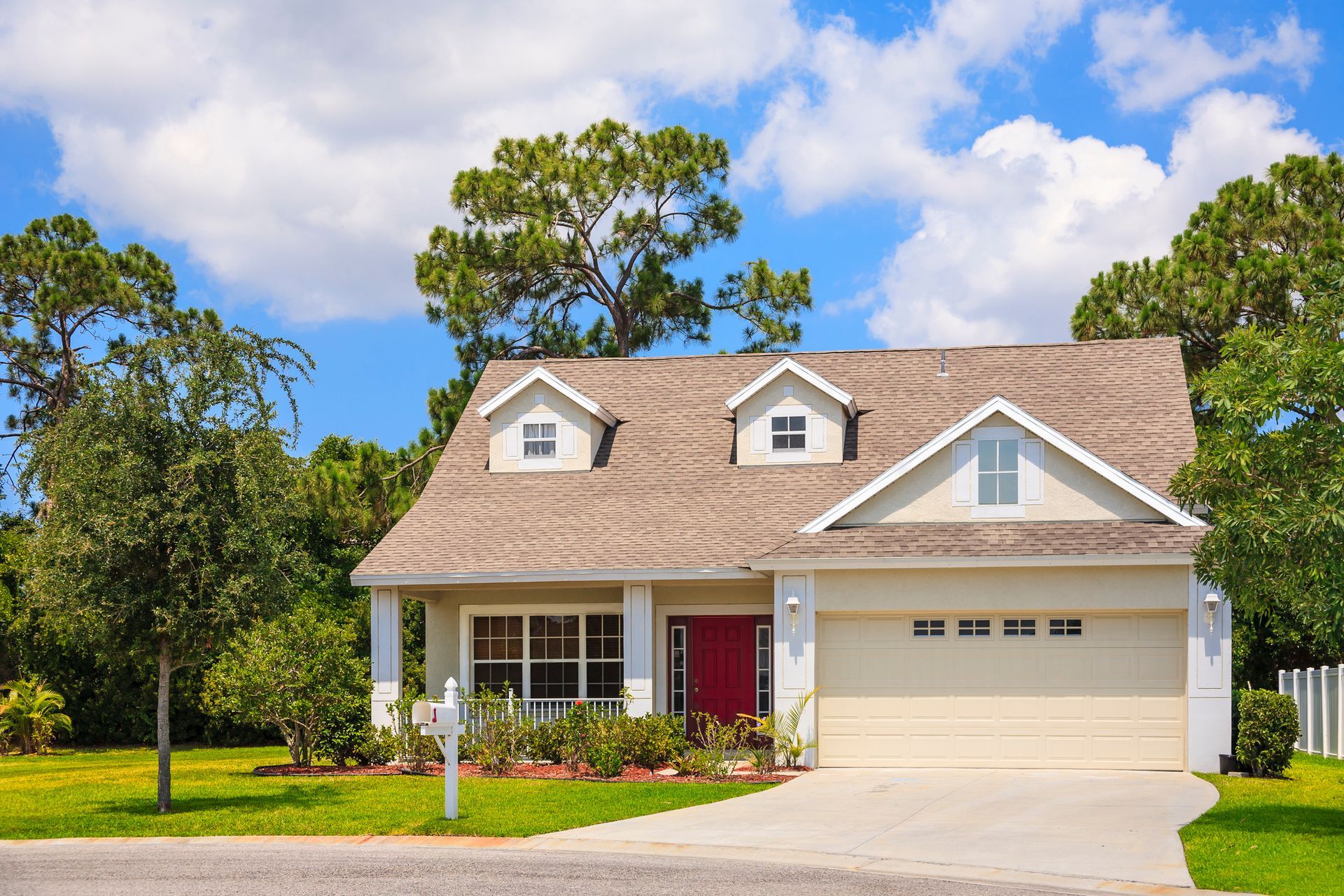3 Main Differences Between Historical and Modern Home Renovations
admin • July 30, 2019
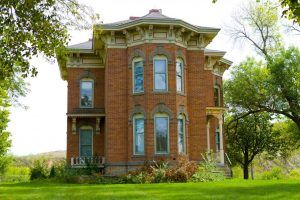
Are you renovating an historical house? Many aspects of vintage home remodeling are similar to modern home remodeling, but there are a few significant differences. What are these? And how can they impact your remodeling plans? Here are the top three differences.
ALLOWED CHANGES
If your house is consider a historic structure, many communities place limitations on what changes a property owner is allowed to make. You may even run into trouble if you’re in a historic area or neighborhood. Owners of more modern homes are generally allowed to make any structural or design changes that meet general codes, but historical home owners may find themselves limited.
If the home is listed in any historical registries, you may be limited in what you can do to the exterior of the house as well as the interior. However, if it’s just part of a historical area or the registries are less stringent, you could be free to renovate the interior as you wish. Before you start any plans, be sure you know what your particular restrictions will be and how to meet them.
HISTORICAL CONSIDERATION
Just because the city or county allows you to make whatever changes you want to your property doesn’t mean you actually should make all of them. An historical home, usually, is valued and loved because of its added character and history. If you rip out all the features that make it unique, you might as well purchase a new home with neutral design.
Modern homes,unlike older ones, are often cookie-cutter and are designed to be fairly generic. They allow homeowners to decorate and use the layout as each person finds attractive and interesting. Customization is minimal. Homes in prior decades were often built individually and reflect the standards of their specific time period. Victorian homes look and feel Victorian, right down to the detailed mouldings of the era.
As you plan a remodel of any historical building, you likely want to take into consideration how you can embrace or honor that history. This may be by restoring the home to the appearance and general function of the original era. But it may also be to combine modern necessities and luxuries with old fashioned ways of doing things. The choice is up to you and your contractor, but it’s a challenge modern home owners rarely face.
MORE SURPRISES
Any older home can come with many surprises for homeowners. But a truly vintage house is more prone to costly surprises. This could include lead paint, asbestos, outdated plumbing and wiring, as well as structural issues that have developed over time.
Surprises hiding behind walls, furniture, floors, and appliance can cause renovation alterations in many ways. If you plan to remodel a bathroom, for instance, but find antique pipes behind the walls, you are likely looking at a longer time frame for the project. In addition, you now need to add to the budget to replace antiquated plumbing. This could add financial challenges or make your expected design not workable.
Basically, a historical homeowner needs to add wiggle room in two areas for any renovation. First, plan extra time for setbacks. These will happen, no matter how experienced your contractor or how prepared you feel.
Secondly, plan extra room in your budget. Historical renovations are notoriously hard on budgets. You may have to source original parts for discontinued fixtures or match historical paint schemes. for instance. Give yourself more than the average 10% buffer on planned costs.
At Genuine Home Builders Inc, our experience with houses of all shapes, sizes, and ages can help you conquer any remodeling challenges — including historical building renovations. Call today to make an appointment with our professional remodeling experts.
